Rare and Endangered Animals of Raja Ampat
We often read about the incredible amount of marine species in Raja Ampat. With over 1000 species of fish, 75% of the world’s coral species, 5 species of sea turtles, and 13 marine mammals, there is plenty to read about. However, it’s less common to find information about the less commonly spotted creatures of Raja Ampat. They are definitely worth knowing about before you visit though as you’ll want to know if you spot them!
Reef Manta Ray – Vulnerable
Reef manta rays or mobula rays are targeted for their gills for their use in traditional Chinese medicines. This has left populations steadily declining and in need of protection. Thankfully, an Indonesia-wide fishing ban was passed in 2014, which has helped the rays but there is still plenty of work to be done. Climate change and coral bleaching is a significant threat to populations in Raja Ampat. There are many agencies working to secure the future of the incredible reef ecosystems in Raja Ampat, which will hopefully have a positive effect on reef manta numbers in the long run.
Dugong – Vulnerable
One of four living species of Sirenia, the dugong is a shy and gentle marine mammal. The size of the population in Raja Ampat is unknown, but it is clear that there are not as many left as there should be. Dugongs have been hunted for meat and oil for thousands of years by traditional hunters. They are also commonly casualties in fishing-related accidents and because of habitat loss. These mysterious creatures can live up to 70 years old and reproduce very slowly, which also contributes to a steady population decline. Papua Paradise Eco Resort guests are lucky to see these beautiful creatures passing by the house reef once in a while.
Hawksbill Sea Turtle – Critically endangered
Diving in Raja Ampat might offer you the chance of a lifetime to see this critically endangered species in the wild. Hunted nearly to extinction for its shell, the main source for decorative tortoisehell material, The Convention on International Trade in Endangered Species (CITES) bans the capture and trade of hawksbills or any products derived from them. Of course this doesn’t always stop the population declining and constant efforts have to be made in Raja Ampat and worldwide to enforce these laws.
Tasselled Wobbegong – Near Threatened
Threatened by fisheries and habitat degradation, the tasselled wobbegong is still holding strong in Raja Ampat. This strange looking creature is one of the area’s carpet sharks that are masters of camouflage. They can grow up to 1.8 metres in length and while they are generally not dangerous to humans, they have been known to attack if provoked. Listed by The International Union for Conservation of Nature (IUCN) as Near Threatened, Raja Ampat protects this and all shark species within their ban on all shark hunting passed in 2013.
Epaulette Shark – Rare sightings
Also known by the name Raja Ampat Walking Shark, this is a real oddity of the sea. There are 2 species of epaulette sharks found in Raja Ampat, one of which was discovered as recently as 2013. This species has only been found close to Halmahera Island and was named Hemiscyllium Halmahera after the island. Populations are quite healthy in Raja Ampat but they are sometimes hard to spot.
Mushroom Coral Pipefish – Rare sightings
As their name suggests, mushroom coral pipefish live in amongst mushroom corals. We can’t be sure if these fish are really as rare as we think or just very hard to spot. They are uncommon to encounter for a few reasons. They are very small, measuring no longer than around 8cm, they live in the long polyps of mushroom corals, and they are very quick movers.
Electric Fire Clam – Rare sightings
This brightly coloured saltwater clam has lots of different names, all of which reflect it’s unique ability to flash like a disco ball. It’s often called the electric flame scallop, disco scallop, electric clam and disco clam. This interesting adaptation has been found to be caused by its highly reflective soft tissues that can be revealed and hidden to look like a flashing light.
Raja Ampat is definitely the place to go to see marine species you might not get the chance to see anywhere else in the world. Conservation is taken very seriously here by government agencies, locals and hotels and resorts like Papua Paradise Eco Resort. The incredible variety of sea life is what divers come for after all. Are any of these species on your must-see list? Let us know in the comments box!

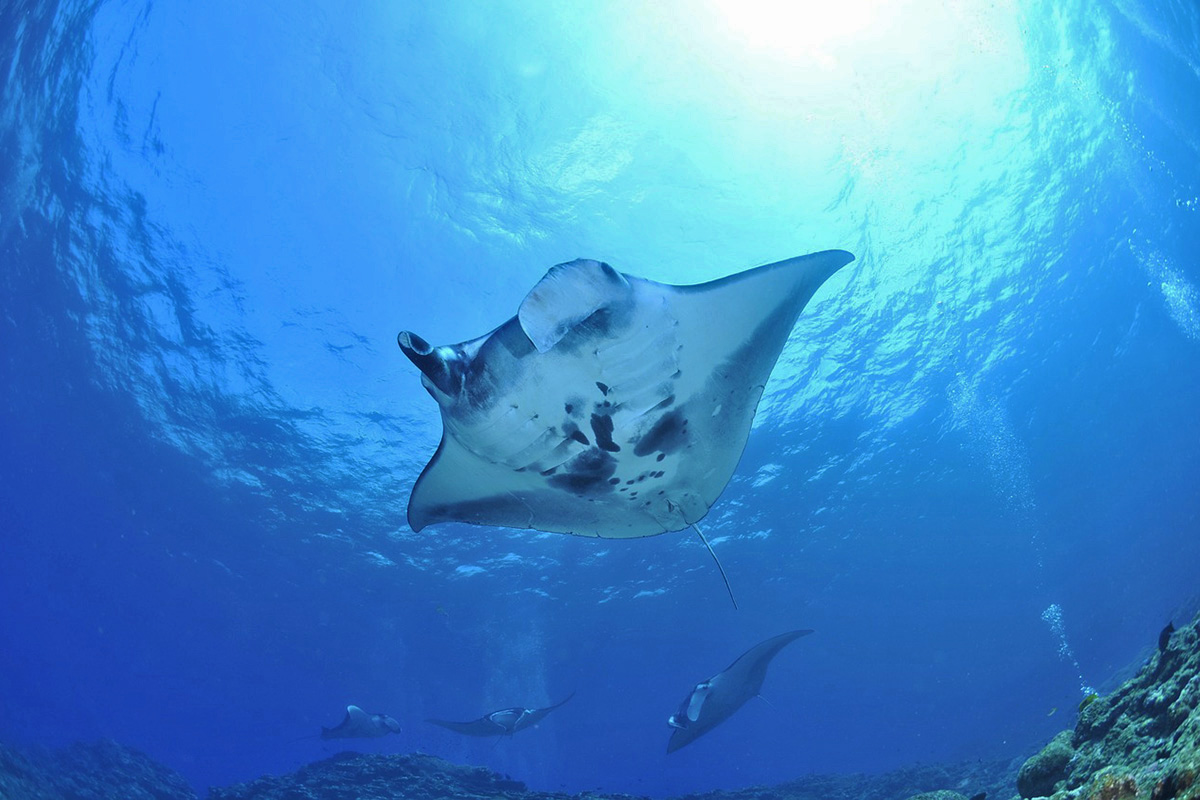
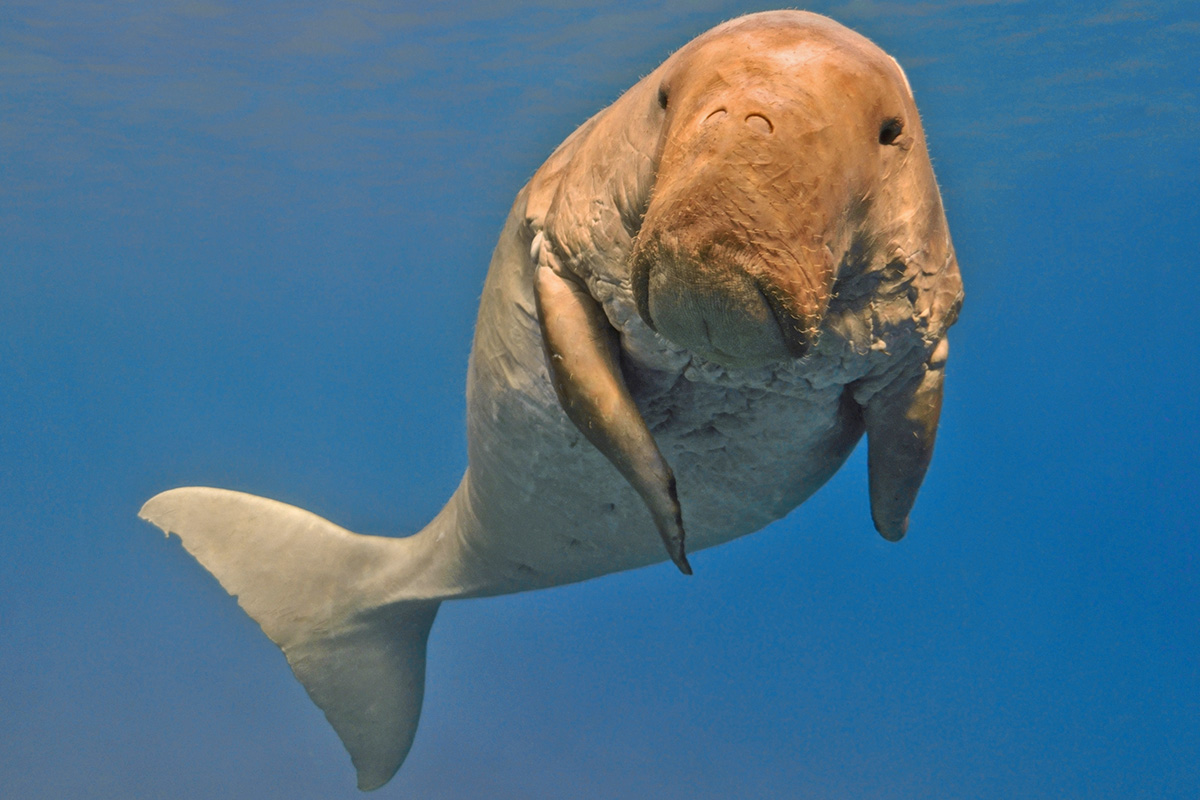
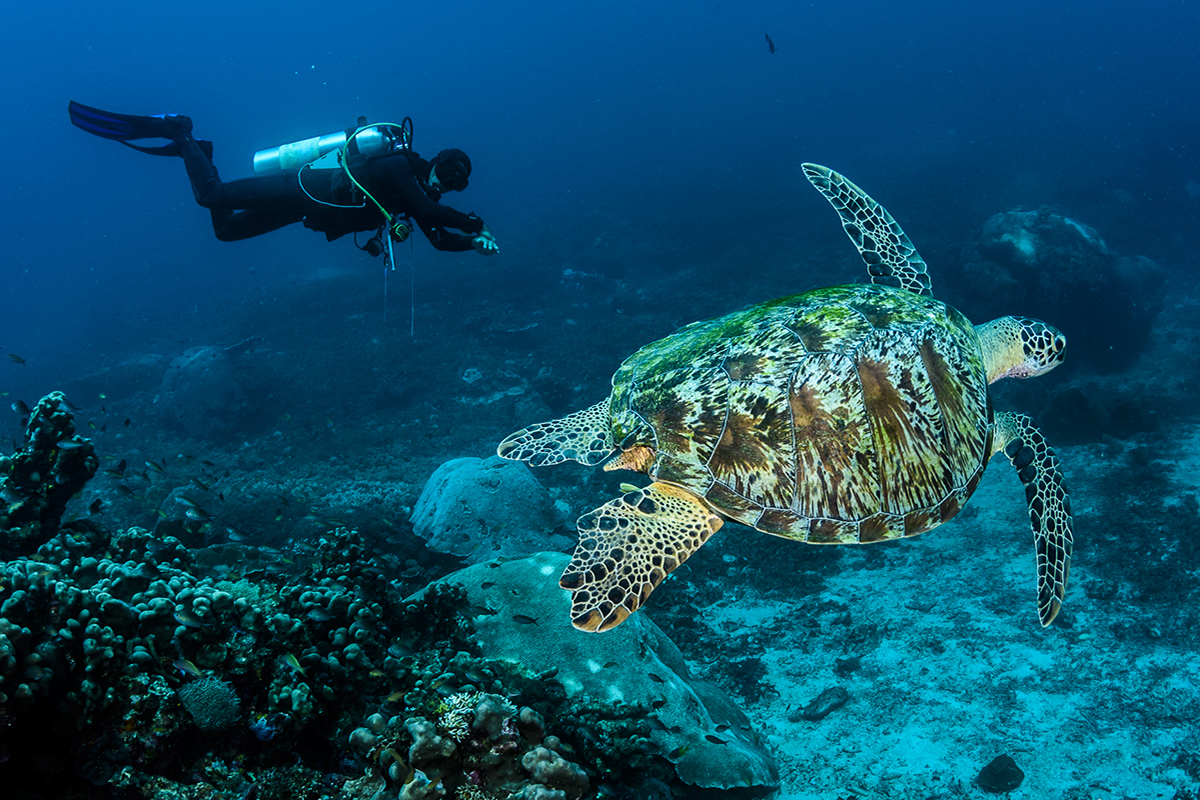
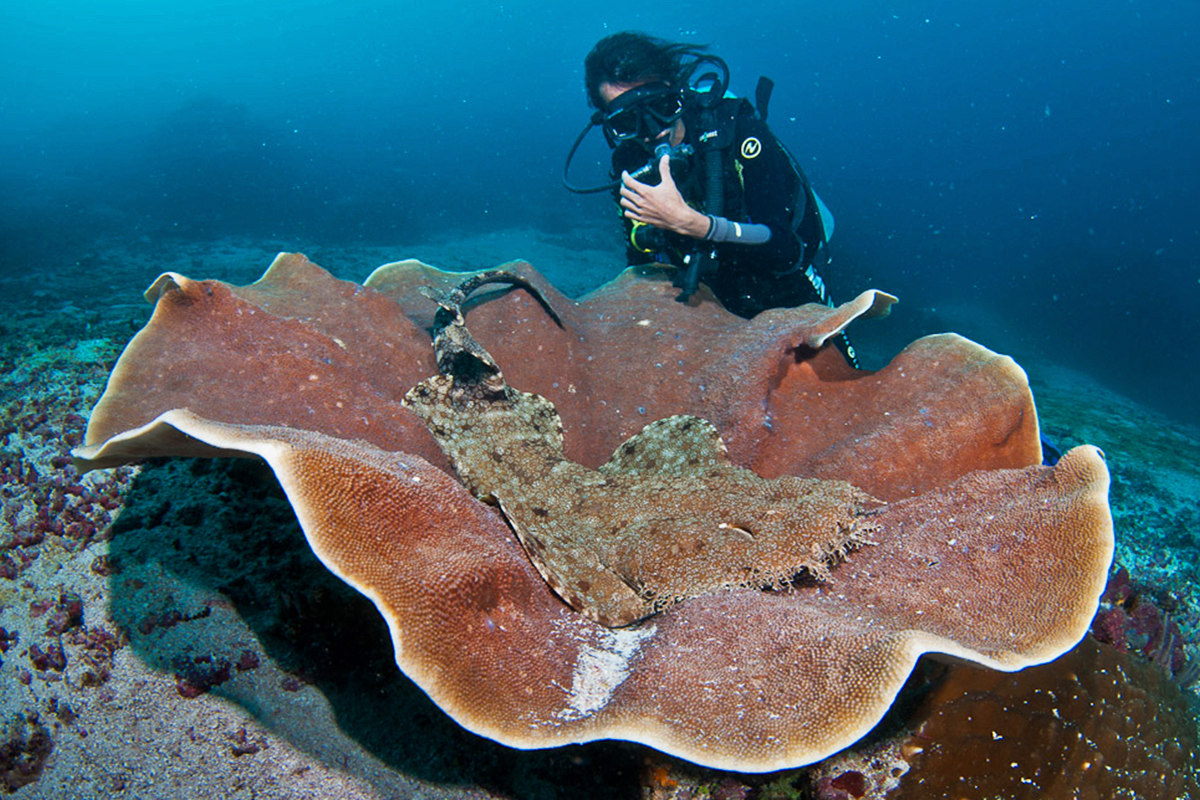
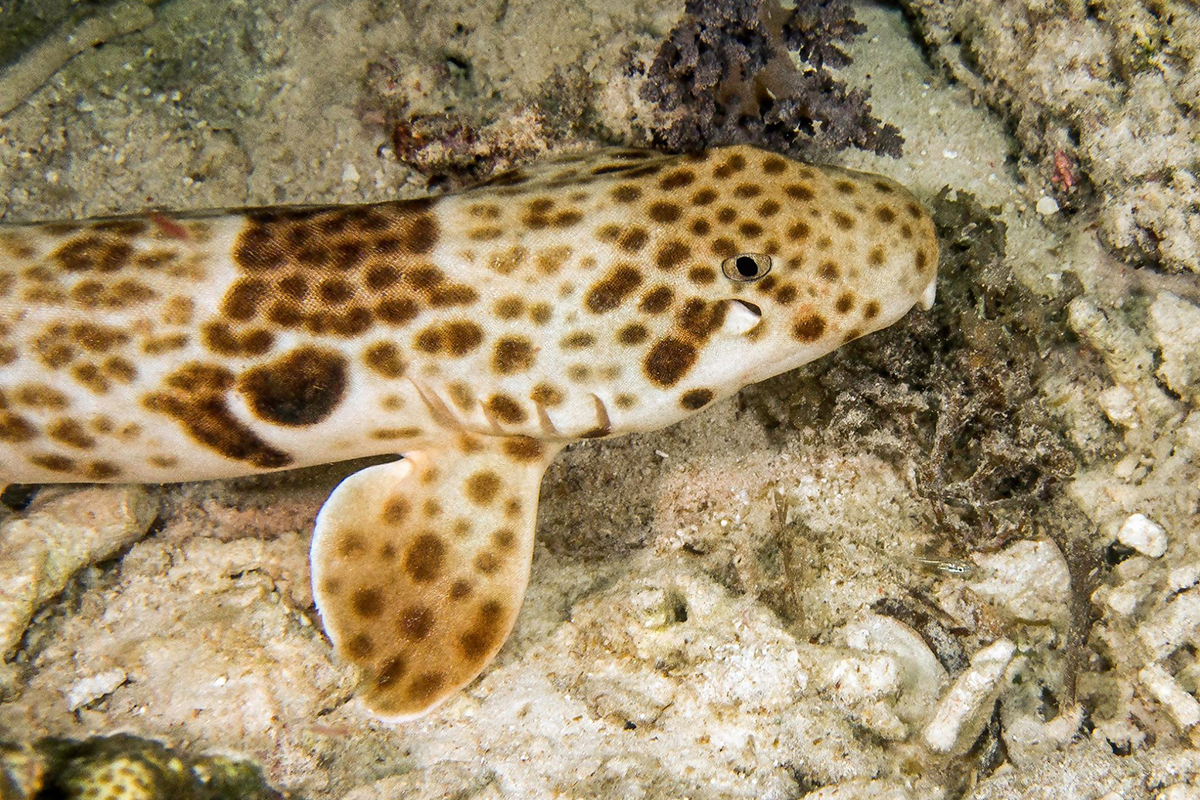
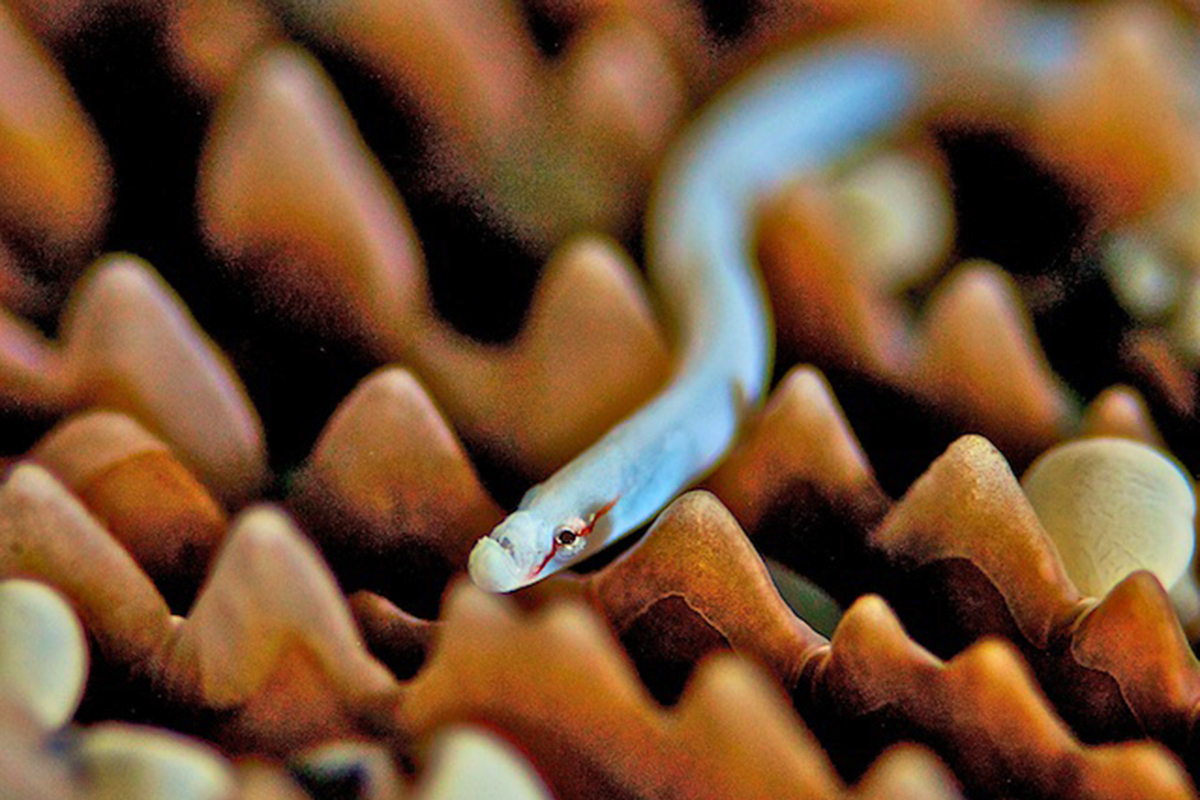
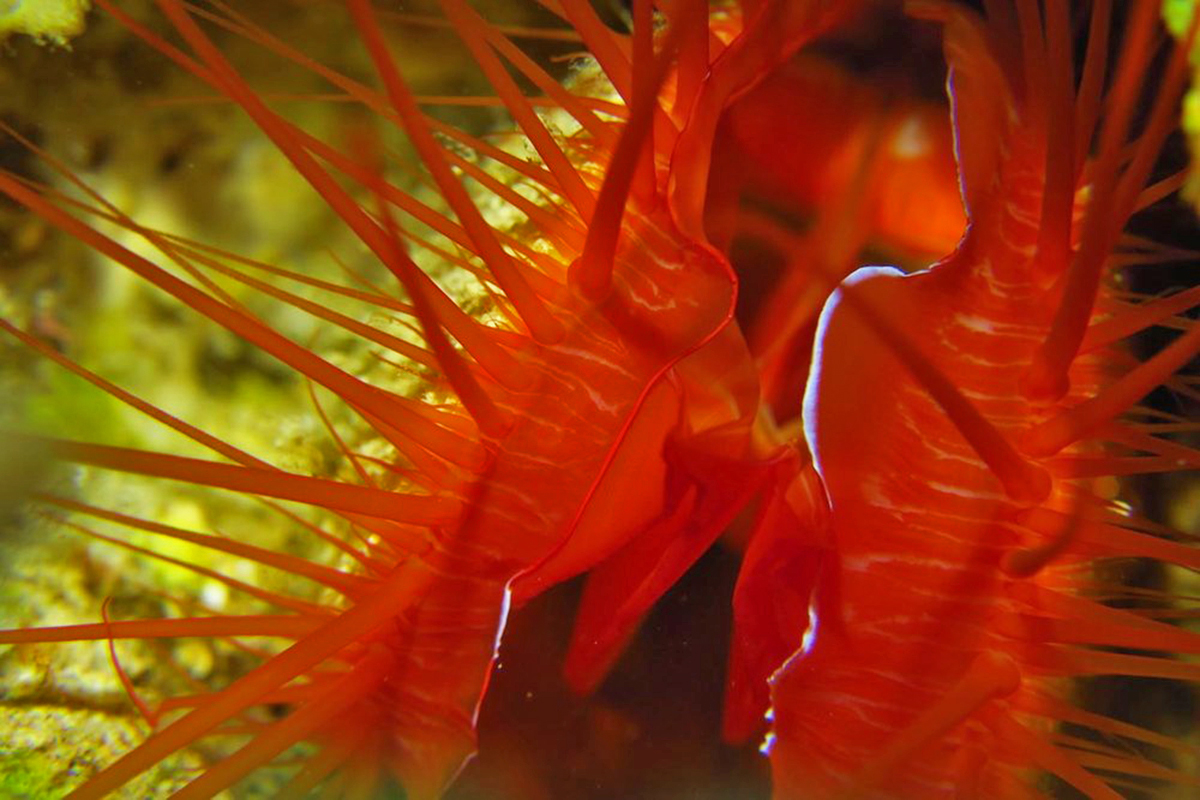

1 Comment
but all of these are often seen around Pulau Birie!